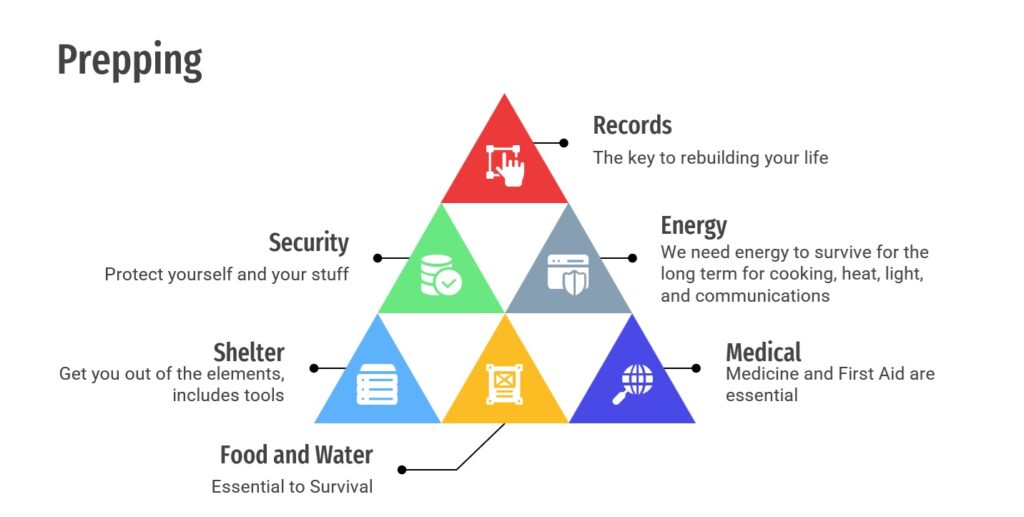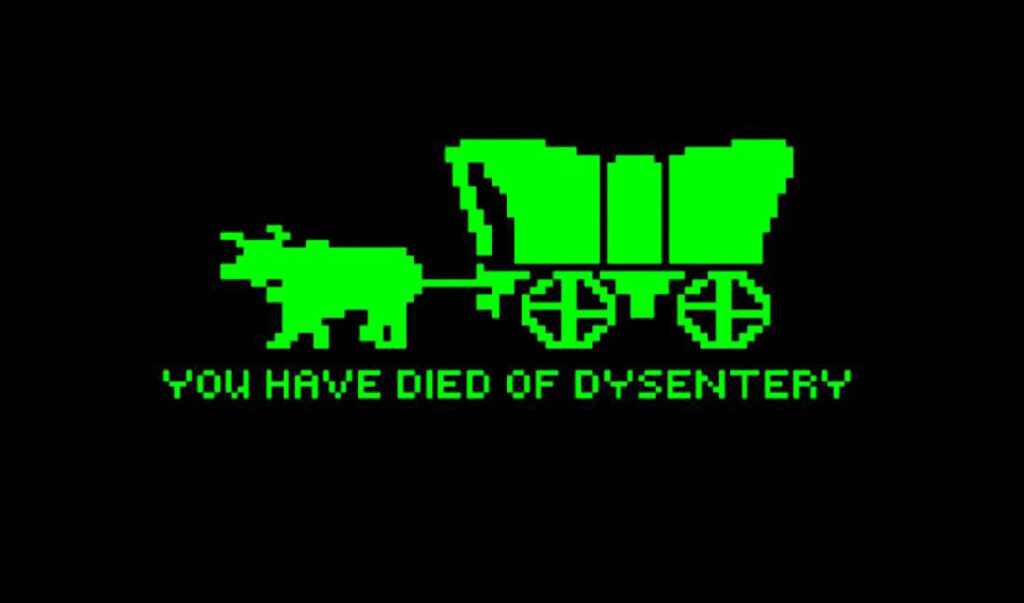In order to have a discussion about electricity in general and solar in particular, we need to define a few terms. (You engineer types, this is simplified. I am trying to keep things easy to understand, so spare me the discussion about how holes move. I am also excluding things like power factor, vectors, and other things that needlessly complicate the discussion.) There is a glossary at the bottom of this article.
The Basics
Your house gets power from the grid as alternating current, delivered at 60 hertz. There are two current carrying lines and a “return” line that enter your home from the grid. They are referred to as 2 “hot” lines and a neutral. The voltage as measured between either hot and the neutral is about 117 volts. If measured between the 2 hot lines, it’s about 235 volts. In this way, we can power smaller loads like light fixtures or televisions with a hot and a neutral. We power larger loads like water heaters, stoves, clothes dryers, and the like with 2 hot wires.
Your typical house circuit has a breaker that is either 15 or 20 amps. Any more than that, and the breaker will trip to prevent fires. (They can trip for other reasons, too, but that is beyond the scope of this article) Large 235 volt circuits may deliver up to 50 amps before tripping. If your home is new and like most homes, the total of all of the circuits in your house will be 200 amps. That works out to a maximum power of about 47 kilowatts. For short periods of time, like when your air conditioning compressor first starts, some circuits can use even more power than that.
So now that we know our house can use a maximum sustained amount of power that is equal to about 47 kilowatts, we can plan for our backup power needs. Now we need to know how much power we use each day. My utility has supplied my house with a “smart” electric meter. On average, my house is using about 25 kilowatt hours per day. During the summer, when the air conditioner is running, I am guessing we will double that. Maybe more. We will wait until July comes around before we make any decision, so we have a better idea of what our cooling will cost us.
How Solar Works
How solar works is that photovoltaic (PV) panels convert the light striking them into electric current. Nowadays, each panel puts out about 400 watts when new. (Panels lose about 0.25% of their power output each year as they age. After the 25 year warranty period, they should still be producing more than 93% of their rated power.) The power produced by those cells is direct current at about 40 volts. It needs to be changed to alternating current that matches the incoming grid power, and this is accomplished by an inverter.
Your solar system can produce more power than your home is using, and that excess power can run your electric meter backwards, effectively selling that power to the utility. At night, or when it is cloudy, your solar system doesn’t produce as much, and you buy power from the grid. If you size your system correctly, you will produce at least as much as you consume, thereby making your bill as close to nothing as possible. (Sadly, the local utility won’t let you run a negative bill. In fact, the least that your bill can be is $30 per month.)
So let’s proceed with the assumption that we consume 50 KWh per day in the summer, and about 25 KWh in the winter. With Florida being as sunny as it is, we can count on 4 hours per day on average of sun year round, and 6 hours per day in the summer. (This accounts for nighttime, cloudy days, etc. Days in the winter are both shorter and cloudier.) I got the figure of average hours per day of sun from the solar companies. That’s the numbers that they use.
If we want to produce 55 KWh per day during the 6 hours of summer daylight, we need to have a system that produces around 9 KW. That means we need about 23 PV panels in our system, making it a 9KW system. That will give us the 50 KWh that we consume, plus 5KWh additional in case we need it. As you can imagine, some days will be extra sunny and we will have lots of power, and other days, not so much. More on how we deal with that later.
What about grid failures? When the grid goes down, the National Electric Code says that our solar system must disconnect from the line so as not to endanger linemen who may be working on the system. That’s where batteries come in. If your system has solar panels and a battery for storing power, you can get a relay installed that will disconnect your system from the grid, thereby allowing your system to act as its own backup power source. This sort of solar system is known as a hybrid system.
With the system disconnected from the grid, instead of running the meter backwards, it sends 100% of its excess to the batteries. Then at night, our house uses that stored power to keep the lights on. As you can imagine, the battery that does that is large and somewhat expensive. In fact, a battery is half or more of the cost of installing a solar system. Still, the system can’t be used as a whole house backup without a battery.
So our battery should be capable of doing two things: storing 11 or more KWh per day of energy, and delivering large amounts of current for short periods as our air conditioners and the like start up and use more than the PVs can deliver.
One note about battery systems: the battery is the weak spot of the system, and a major part of the expense. Batteries are only warrantied for ten years, and will need to be replaced more often than the rest of the system.
During the day when the grid is still running, your system’s inverter does something smart. It powers your house from the PV cells, then sends some energy to charge your batteries, and the rest gets sent to the grid to run the meter backwards. When the power goes out, the batteries either get charged or supply power to your house, depending on the needs of the moment.
Load Shedding
Wouldn’t it be a good idea to shut off non-essential power drains when the gird is down, so as to conserve battery power? You can do that by turning off circuit breakers to nonessential loads, or you can use a smart breaker box to do it for you. That’s where the SPAN panel comes in. This panel allows you to designate loads as being essential, nice to have, or nonessential. When the grid goes down and your PVs aren’t making enough power to supply everything, the SPAN panel will disconnect the nonessential loads from the system, sacrificing their operation to save battery power. When your batteries have less than half of their charge remaining, the SPAN panel then shuts off the “nice to have” circuits to preserve the remaining battery for things that need it, like refrigerators.
So I think that is enough to get the basics down. Ask questions in the comments.
Glossary
- Alternating current: The electricity reverses course in a cyclic fashion. The number of cycles per second is measured in Hertz. The electricity delivered by the grid is 60 hertz alternating current.
- Current is the number of electrons moving past a fixed point. It’s measured in Amps or Amperes.
- Direct current: All of the electrons move in a fixed direction. DC is the current supplied by batteries.
- Electricity is simply a measurement of the movement of electrical charges, mostly as carried by electrons.
- Kilowatts: 1 kilowatt is equal to 1000 watts
- Kilowatt hour: A measure of how much power is being used over a period of time. 1000 watts for one hour.
- Voltage (or what is called potential) is the equivalent to water pressure. The higher the voltage, the more “pressure” there is pushing the electrons through.
- Watts: A measure of power. It is calculated by Volts times Amps= Watts.


